3D-PRINTED EARTH FIBER
This line of research investigates the microstructure, printability, and geometrical variability of a range of earth-fiber mixtures.
With a growing interest in sustainable construction practices and recent advances in the field of digital fabrication, 3D-printed earth has gained significant interest. However, research in 3D printed earth remains limited to cob; maximizing fiber content can provide greater thermal resistivity, while increasing carbon storage. As part of this project, a range of earth-fiber composites were developed with fiber content ranging from commonplace cob (2% fiber) to newly developed lightweight 3D-printed light straw clay (64% fiber). This work contributes to critically needed advancements and framework for the development of low-carbon and high-performance materials for digital fabrication.
With a growing interest in sustainable construction practices and recent advances in the field of digital fabrication, 3D-printed earth has gained significant interest. However, research in 3D printed earth remains limited to cob; maximizing fiber content can provide greater thermal resistivity, while increasing carbon storage. As part of this project, a range of earth-fiber composites were developed with fiber content ranging from commonplace cob (2% fiber) to newly developed lightweight 3D-printed light straw clay (64% fiber). This work contributes to critically needed advancements and framework for the development of low-carbon and high-performance materials for digital fabrication.


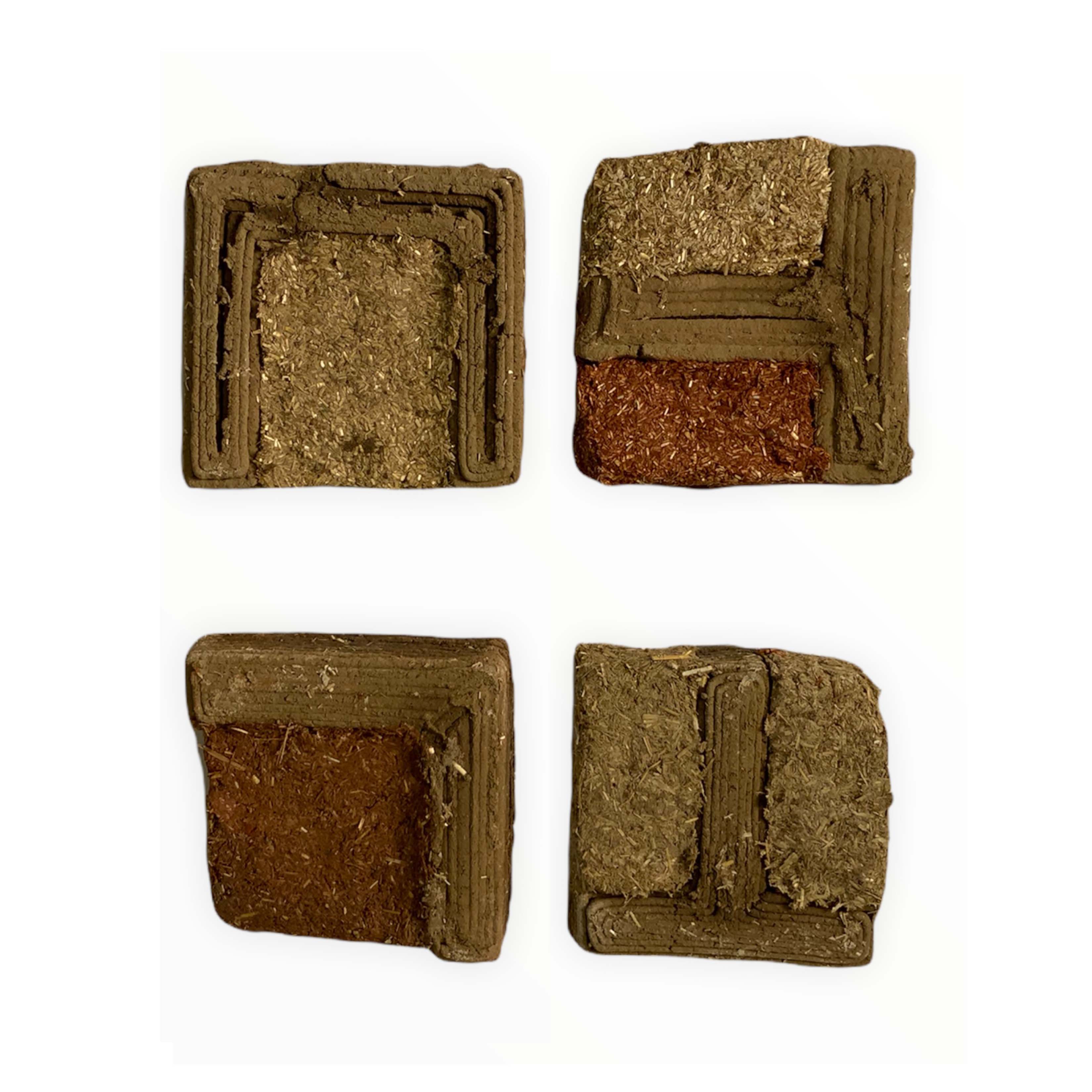
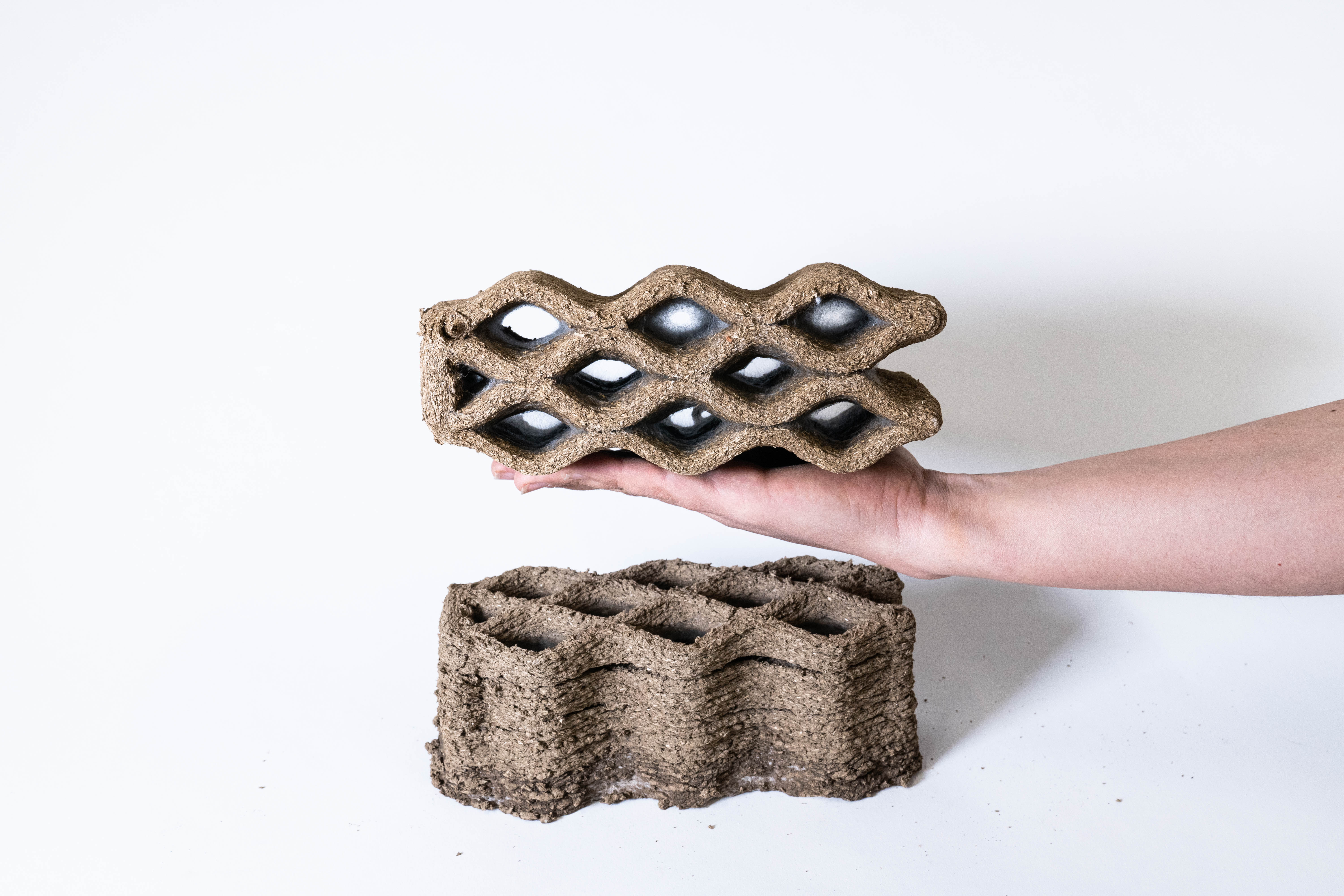
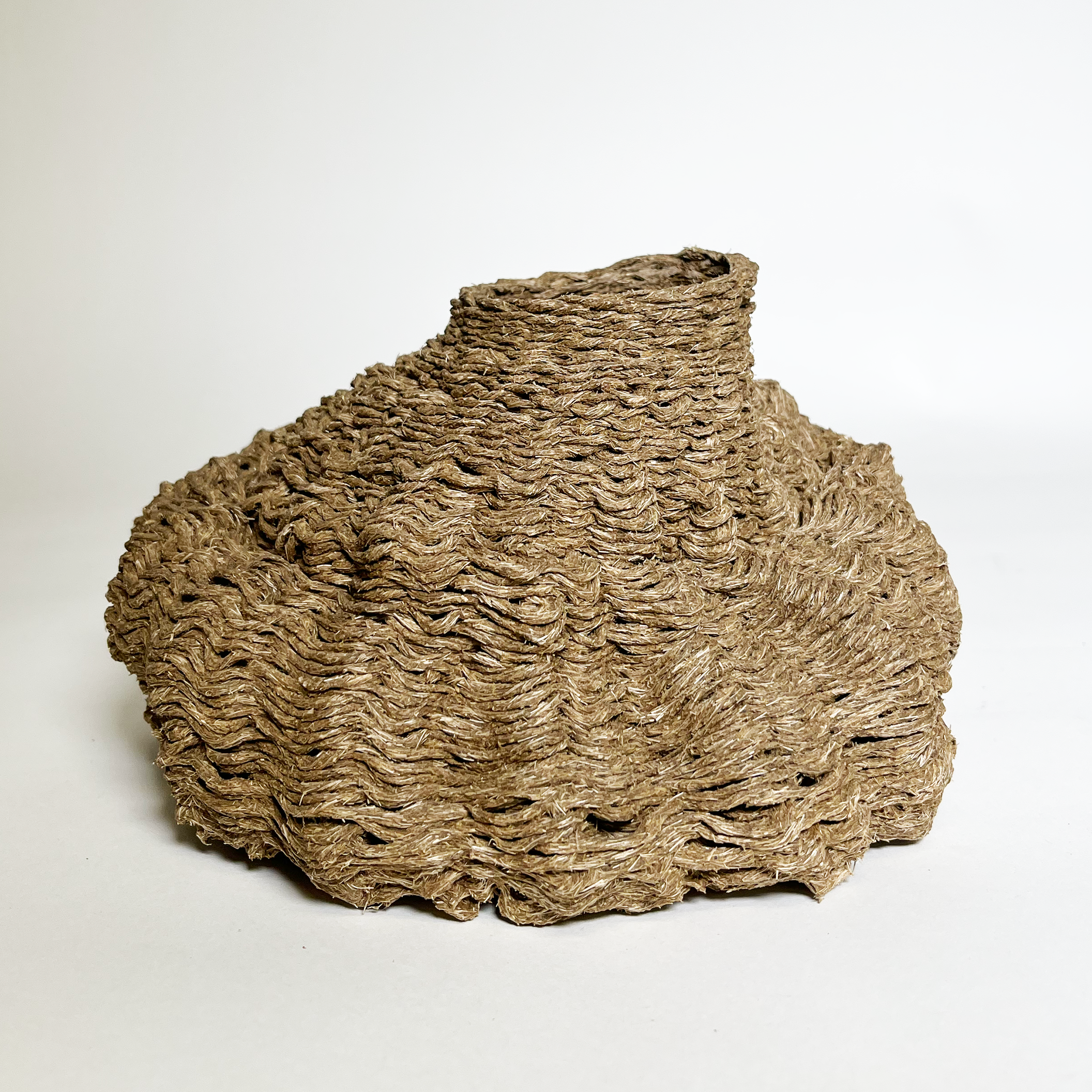

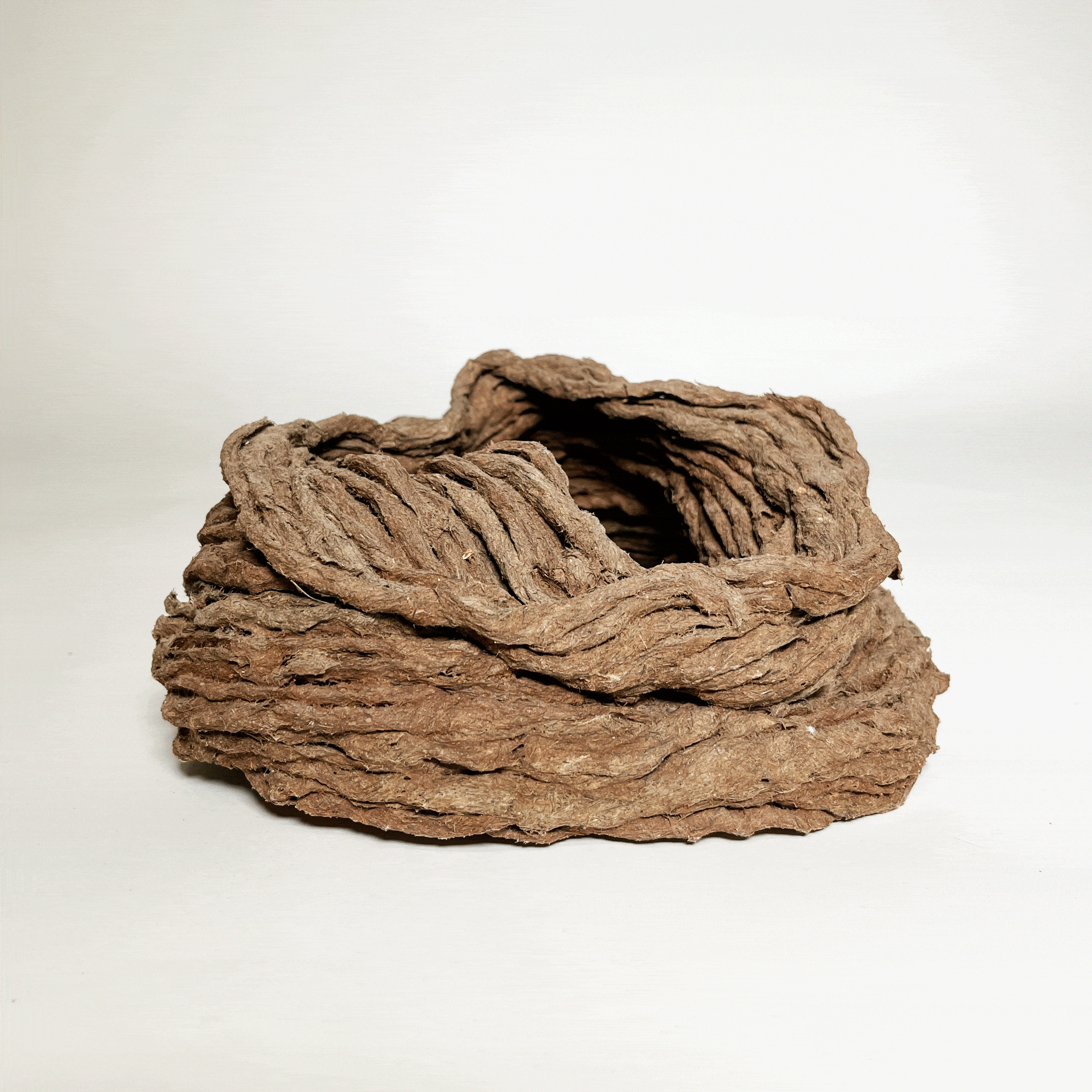
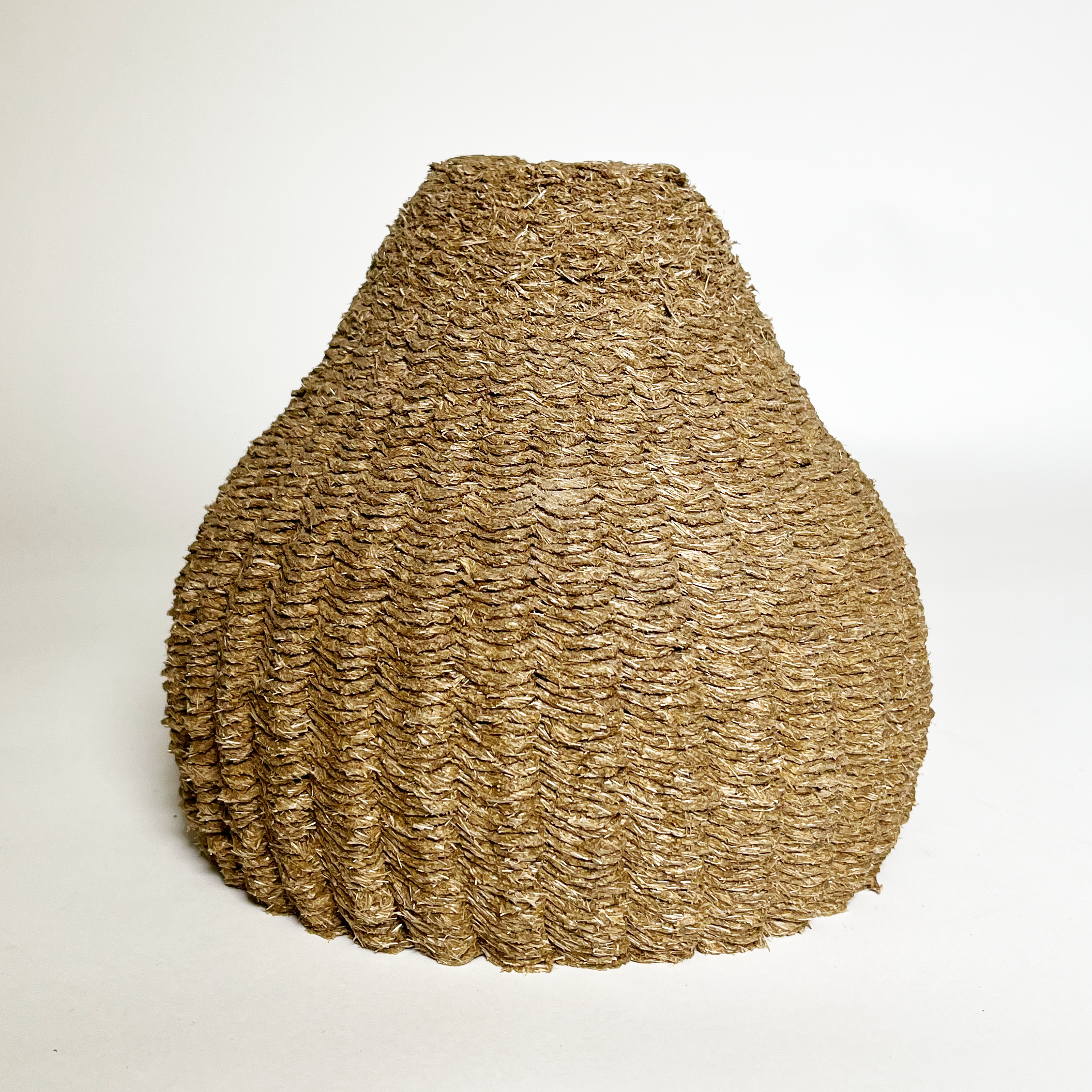
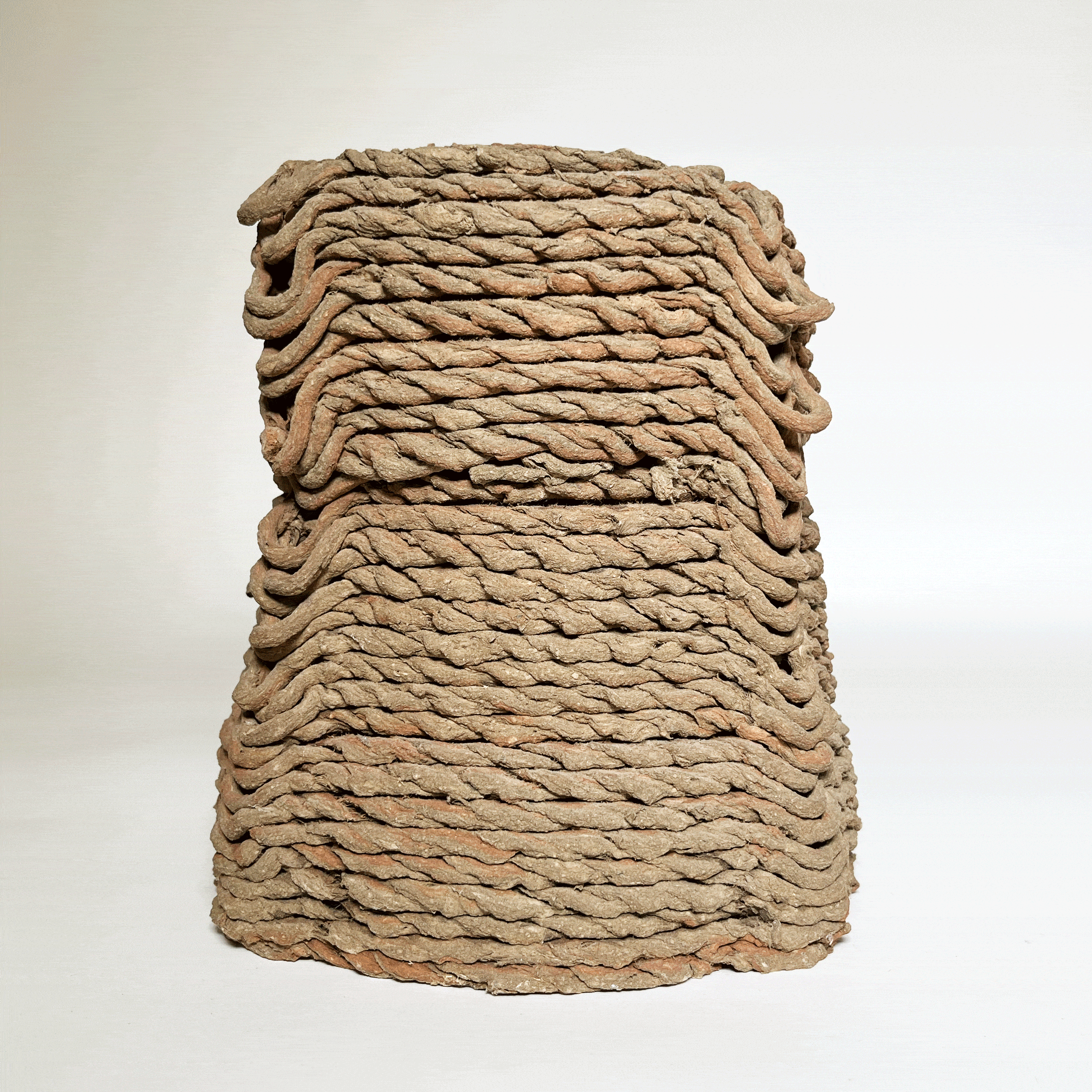
duration:
ongoing
collaborators:
Prof. Wil Srubar, CU Boulder, Prof. Shiho Kawashima, Columbia Engineering
research assistants:
Reem Makkawi (graduated), Zackary Eugene Bryson, Tashania Audrey Akemah, Mohammad Hossein Zowqi
funding:
NSF Future of Manufacturing
award No. # 2134488
award No. # 2134488
publications:
Bryson, Z. E., Srubar, W. V., Kawashima, S., & Ben-Alon, L. (2022, June). Towards 3D Printed Earth-and Bio-Based Insulation Materials: A Case Study on Light Straw Clay. In 18th International Conference on Non-conventional Materials and Technologies.
Link︎︎︎
